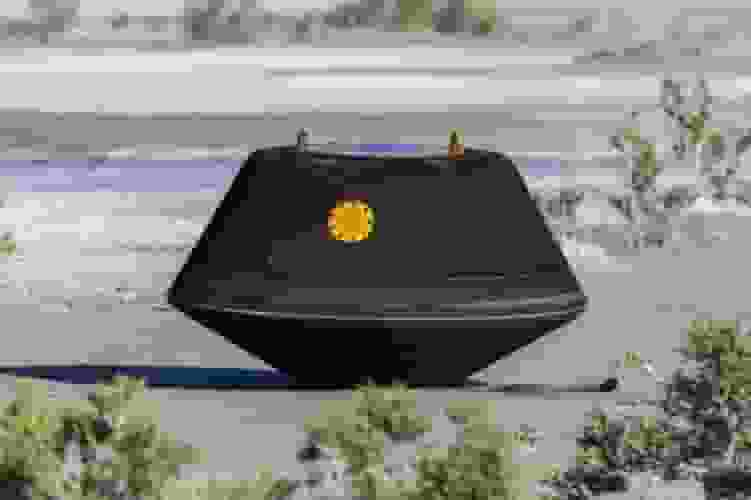Discover the journey of the NASA’s Osiris-Rex spacecraft back on Earth.

NASA’s Osiris-Rex Spacecraft Brings An Asteroid Bennue Sample Back To Earth, Now Arrives In Houston, Texas (Photo: The Japan Times)
NASA’s Osiris-Rex spacecraft has brought a fragment of an asteroid sample that it had collected to Earth, providing researchers with the potential to learn more about the formation of the solar system and to gather sample of a large space rock that may one day strike Earth.
The sample which is a collection of sand and gravel that the Osiris-Rex spacecraft retrieved from the asteroid Bennu in October 2020 arrived in the Utah desert on Sunday which delighted the mission team and scientists all around the world.
However, the asteroid sample collected by Osiris-Rex spacecraft was only in the Beehive State for one day before leaving for its final location, which it arrived at today, September 25.
Pleased to have you here, Osiris-Rex spacecraft! The asteroid sample has arrived in Texas, where our team at Johnson will curate and preserve it. The data gathered could aid scientists looking into planetary formation, the history of life, and the potential impacts of asteroids on Earth, according to a post made today on X (formerly Twitter) by NASA’s Johnson Space Center (JSC), which is situated in Houston.
READ ALSO: Hurricane Watch Issued As Tropical Storm Ophelia Hits North Carolina Coast
Osiris-Rex spacecraft was launched in September 2016 and reached Bennu, a 500 meter wide or 1.6 mile wide near Earth asteroid in December 2018.
The Osiris-Rex spacecraft spent 22 months closely examining Bennu before swooping in to take a sample, becoming the first NASA probe, Osiris-Rex spacecraft, to successfully gather asteroid fragments in orbit.
Bennu’s surface was unexpectedly spongy after that descent, and Osiris-Rex spacecraft slid deep inside the asteroid before retreating to safety.
In May 2021, Osiris-Rex spacecraft departed Bennu and started its protracted return trip to Earth. The Osiris-Rex spacecraft’s sample capsule was released at 6:42 am EDT (10:42 GMT) on Sunday, and it successfully touched down on Earth on the Utah Test and Training Range of the US Department of Defense nearly four hours later.
The Bennu sample will now travel to a newly constructed curation facility at JSC run by the division for Astromaterials Research and Exploration Science of the organization.
The sample will subsequently be studied by the Osiris-Rex spacecraft science team, which consists of more than 200 individuals working at 35 institutions across the world, for roughly two years in an effort to accomplish the mission’s primary scientific objectives.
About 25% of the Bennu material, which is estimated to weigh about 8.8 ounces (250 grams), will be available to the science team. The Canadian Space Agency, which supplied OSIRIS-REx’s laser altimeter equipment, will receive 4% of the sample.
As part of an agreement with NASA, which also includes cooperation between OSIRIS-REx and JAXA’s Hayabusa2 mission, which sent a small sample of the asteroid Ryugu back to Earth in December 2020, the Japan Aerospace Exploration Agency (JAXA) will receive 0.5% of the material.
According to NASA’s Osiris-Rex spacecraft sample-return press kit, the remaining 70% of the Bennu sample will stay at JSC to be studied by scientists who have not yet been born using technologies that have not yet been created in order to find answers to basic puzzles about the solar system.




![Tyson Foods Plant [Photo: Food Manufacturing]](https://southarkansassun.com/wp-content/uploads/2023/08/iStock_1185520857__1_.5e441daa51cca-600x337.jpg)







![Silverado Senior Living Management Inc. [Photo: Los Angeles Times]](https://southarkansassun.com/wp-content/uploads/2023/10/download-6-4-600x337.jpg)

![China's Wuhan Institute of Virology [Photo: Nature]](https://southarkansassun.com/wp-content/uploads/2023/09/d41586-021-01529-3_19239608-600x337.jpg)
















